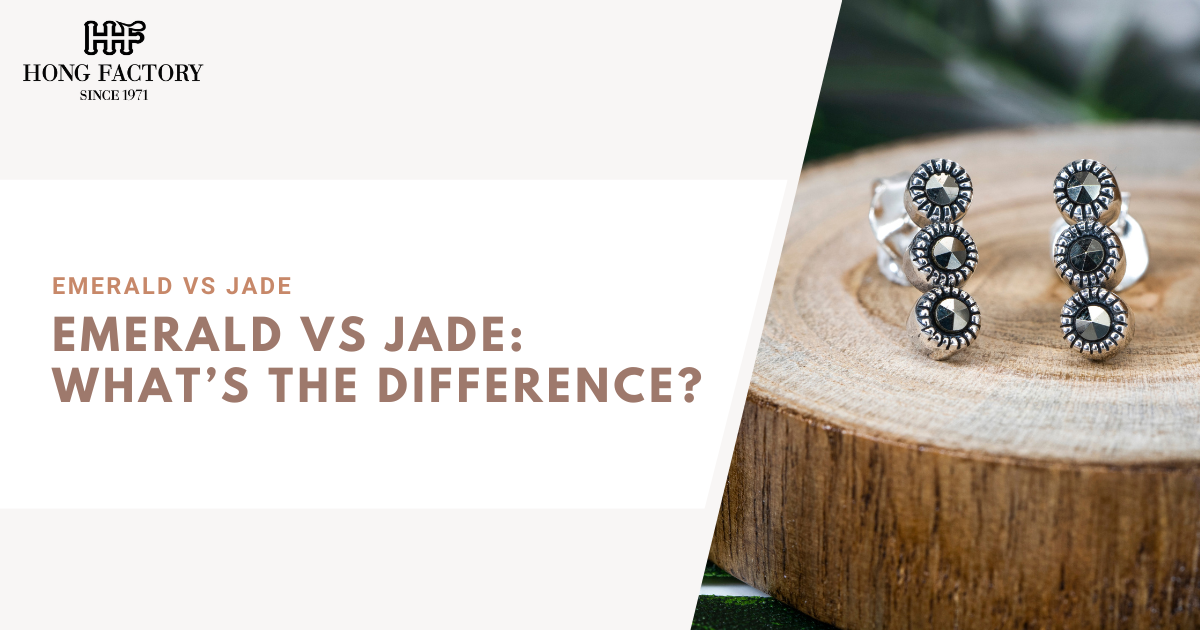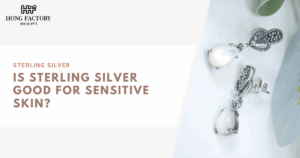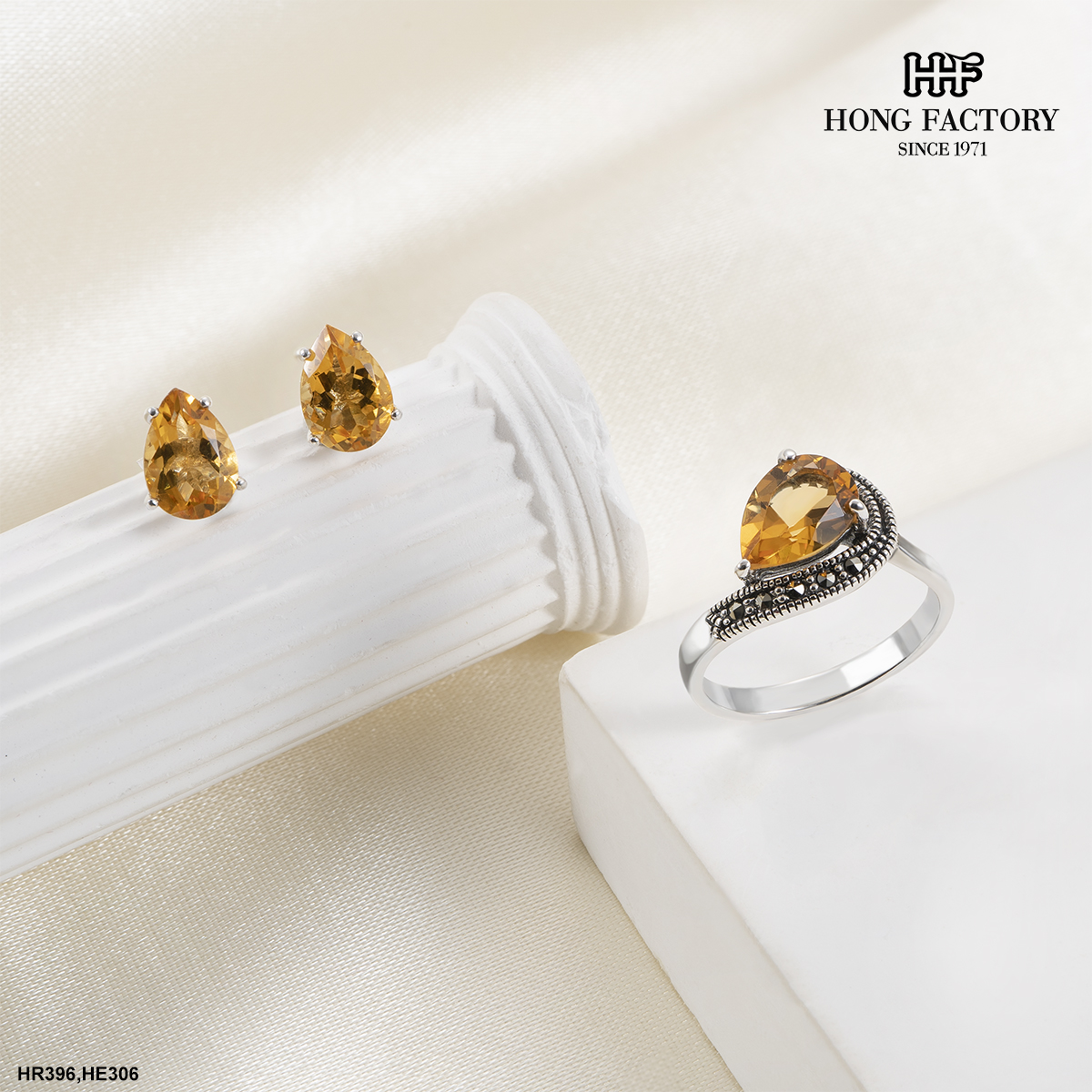
Emerald and jade are two of the world’s most cherished green gemstones, each with its own legacy of beauty, meaning, and value. While they might appear similar to the untrained eye, there are remarkable distinctions between them ranging from how they’re formed to the cultures that revere them and the way they shimmer in the light. This article will guide you through every key comparison, making it easy to appreciate the uniqueness of both emerald and jade.
Origins and Composition
Emerald is a variety of the mineral beryl, colored green primarily by traces of chromium and sometimes vanadium. It is celebrated for its rich, dramatic hue and inner fire, which can be found in gem-quality crystals from locations such as Colombia, Brazil, and Zambia.
Jade, on the other hand, isn’t a single mineral but a name shared by two related materials: jadeite and nephrite. Jadeite is rarer and renowned for its luminous qualities, while nephrite is more commonly found in places like China, Russia, and New Zealand. Both types have been treasured for centuries, especially in Asian art and jewelry.
Appearance and Color
One of the first differences between emerald and jade is how they look.
- Emeralds tend to be transparent to translucent, offering a deep, vivid green. High-quality emeralds have a striking clarity, though most contain natural inclusions tiny “gardens” within the stone that make each piece unique. Their color can range from bluish-green to yellowish-green, but a pure, intense green commands the highest prices.
- Jade typically appears more opaque and has a smooth, waxy luster. Its green hue varies from pale to rich “imperial jade” (the most prized variety), but jade can also appear in shades of white, lavender, red, orange, yellow, brown, and black. Top-quality jadeite, especially imperial jade, is highly translucent and glows softly under light.
H2: Emerald vs Jade – Key Differences Explained
To fully understand “Emerald vs Jade,” consider these critical points:
1. Chemical Makeup
- Emerald: Beryl mineral family (Be₃Al₂(SiO₃)₆), colored by chromium or vanadium.
- Jade: Two minerals jadeite (NaAlSi₂O₆, a pyroxene) or nephrite (a variety of amphibole).
2. Hardness and Durability
- Emerald: 7.5 to 8 on the Mohs hardness scale. It’s quite hard but can be brittle and prone to chipping, especially due to surface-reaching fractures and inclusions.
- Jade: 6 to 7 (nephrite is usually softer than jadeite), but jade is famous for exceptional toughness. Its interlocking, fibrous structure allows it to resist breakage, making it ideal for carvings and daily-wear jewelry.
3. Transparency and Luster
- Emerald: Transparent to translucent, with a glassy (vitreous) luster.
- Jade: Opaque to translucent, with a smooth, waxy sheen.
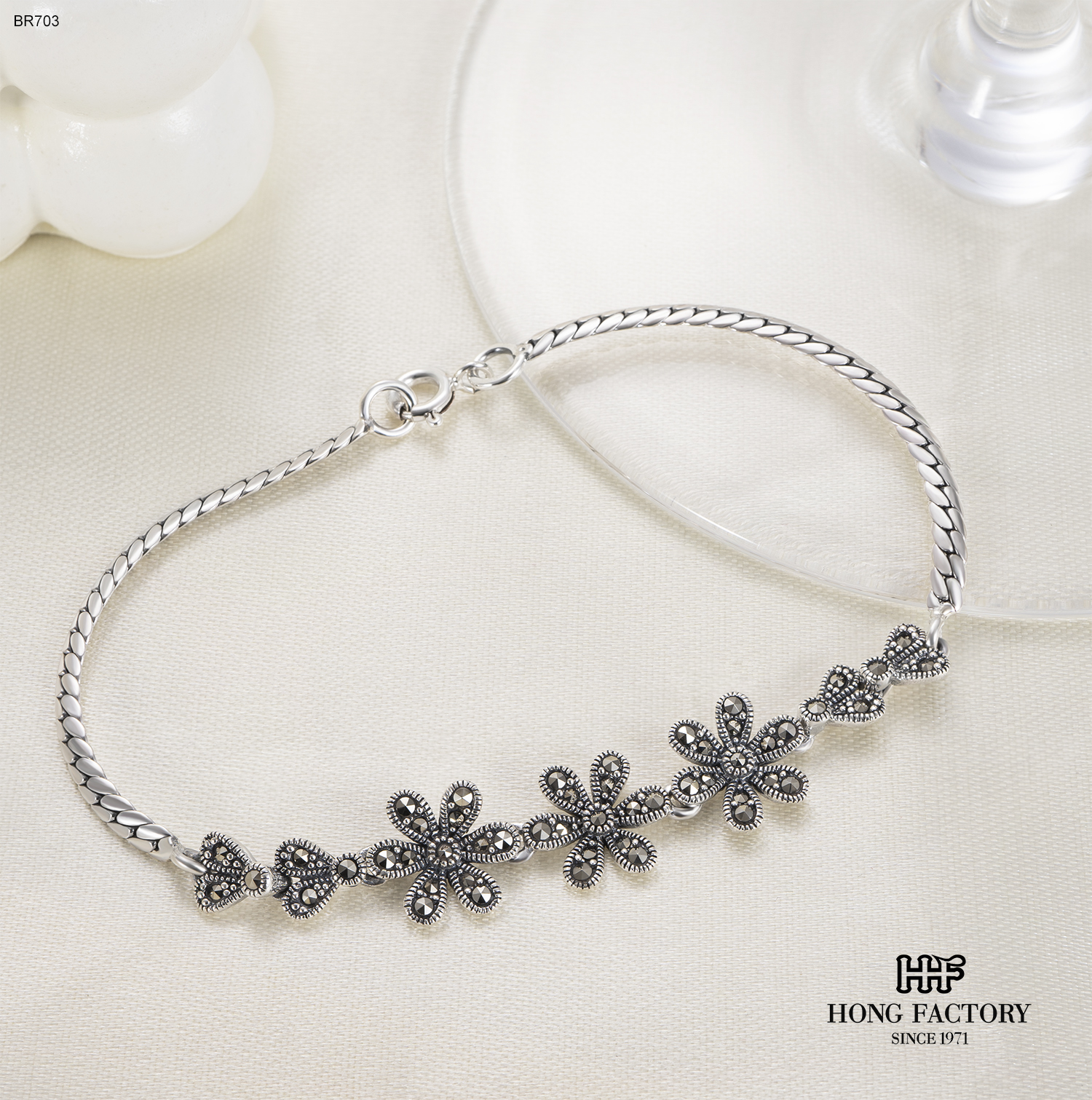
4. Color Variety
- Emerald: Primarily green, usually ranging in tone and saturation. The greener and clearer, the more valuable.
- Jade: Available in green, white, yellow, lavender, red, black, and gray. The highest prized is translucent imperial green jadeite.
5. Key Sources
- Emerald: Colombia, Brazil, Zambia.
- Jade: Myanmar (Burma), China, Guatemala, Russia, New Zealand.
6. Cultural Significance
- Emerald: Associated with love, rebirth, and wealth. Symbolic in ancient Egypt, Incan, and Mughal empires.
- Jade: Revered in many Asian cultures, especially China, where it’s considered the “Stone of Heaven,” representing purity, longevity, and virtue.
7. Uses in Jewelry
- Emeralds are often set in high-end rings, pendants, and earrings. Due to their fragility, they may be protected by special cuts (like the emerald cut).
- Jade is widely used for beads, bangles, cabochons, and carved ornaments, thanks to its ability to withstand pressure and intricate carving.
Value and Rarity
- Emerald: High-quality emeralds are among the world’s most valuable colored gems, especially those exhibiting strong color and good clarity.
- Jade: Prices vary widely. The best jadeite (especially imperial jade) can fetch prices rivaling top emeralds or even diamonds, while other types of jade tend to be more accessible.
How to Choose: Emerald vs Jade
Think about your personal priorities:
- Desire a transparent gem with fire and brilliance? Choose emerald.
- Looking for something tough, smooth, and suitable for intricate carvings or bangles? Jade is your best bet.
- Want a rare collector’s piece? Both offer options top emeralds and imperial jade are both prestigious.
- Thinking culturally? Emerald is loved in Western jewelry, while jade holds deep roots in Asian art and philosophy.
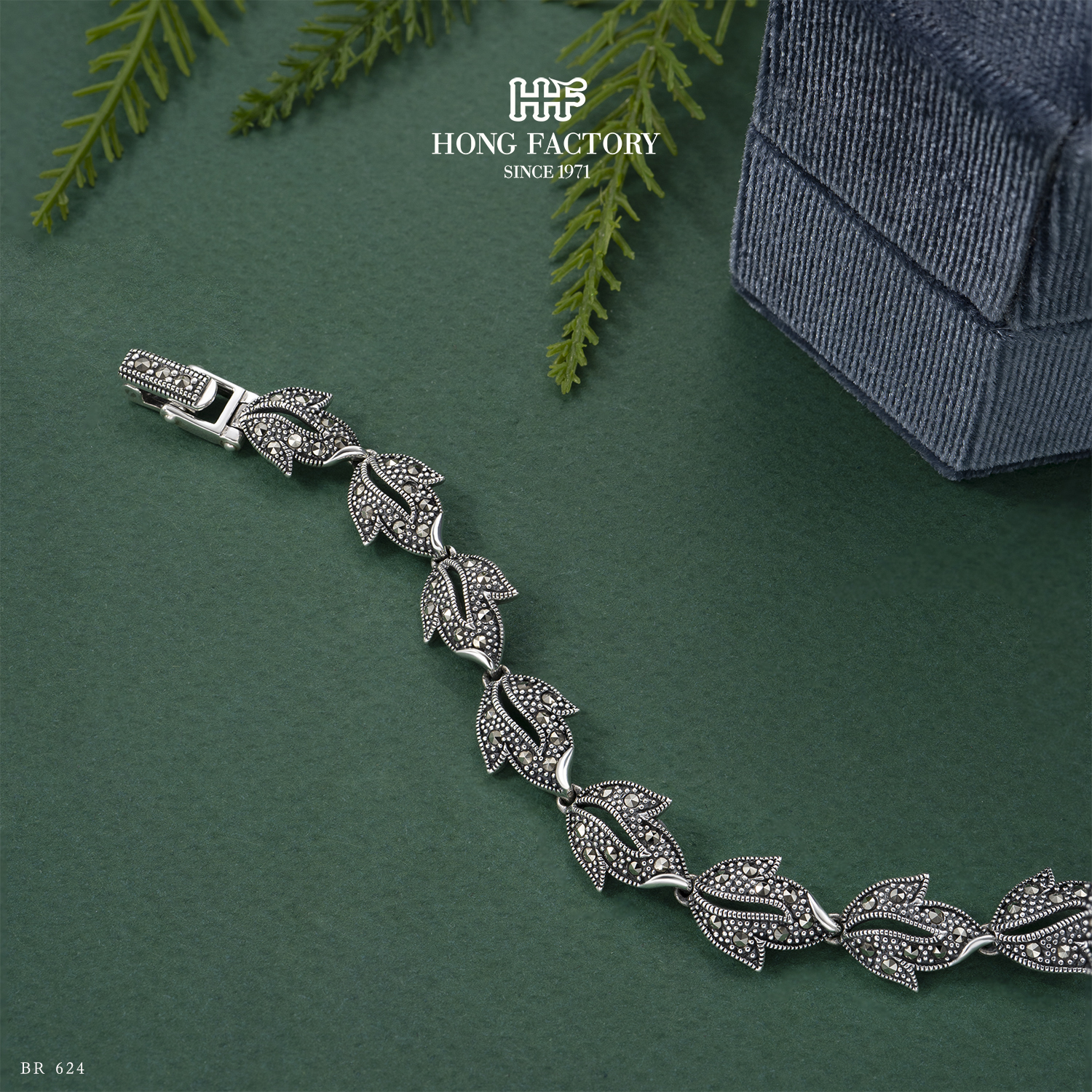
Care and Maintenance
- Emerald: Clean gently with mild soapy water. Avoid harsh chemicals and ultrasonic cleaners due to possible fractures.
- Jade: Wipe with a soft cloth and mild soap. Its toughness means it can handle occasional knocks, but still avoid harsh environments and extreme chemicals.
Emerald and jade are dazzling in their own ways one famed for its sparkling, glassy green, the other loved for its soft glow and remarkable resilience. Whether you’re captivated by emerald’s regal intensity or the calming charm of jade, each has a story to tell and a legacy to share. Choosing between “Emerald vs Jade” isn’t just about aesthetics, but about appreciating the worlds of beauty, culture, and craftsmanship that surround these two extraordinary gemstones
